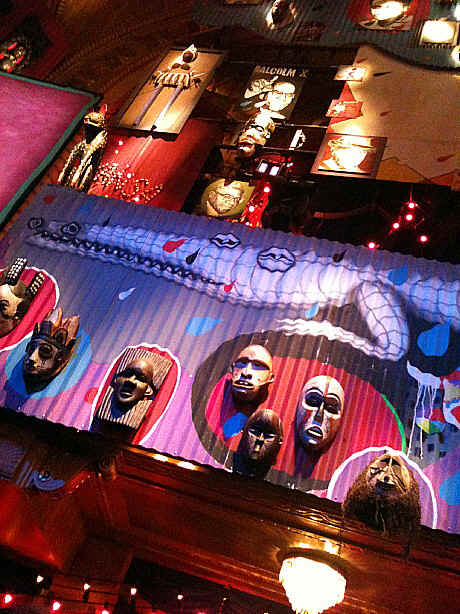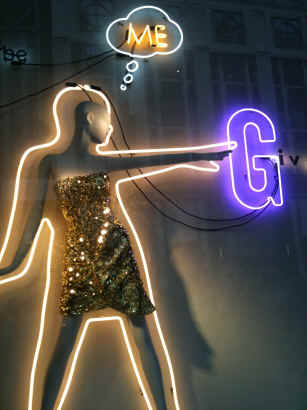|

It was on April 16, 1787, that "the first American play" opened, at the John Street Theater in New York City. It was written by 29-year-old Royall Tyler. Tyler went to Harvard, studied law, and joined the Continental Army. He was appointed the aide to General Benjamin Lincoln to help suppress Shay's Rebellion. After Shay left Massachusetts for New York, Tyler was sent to New York City to negotiate for Shay's capture. And there Tyler did something that he had never done: went to see a play.
Theater was slow to take off in America. There are known performances of Shakespeare in Williamsburg in the early 1700s, and in general the Southern colonies — more open to all British customs — were happier to embrace the theater. In the North, it was looked on as a sinful form of entertainment. Massachusetts passed a law in 1750 that outlawed theater performances, and by 1760 there were similar laws in Pennsylvania, Rhode Island, and New Hampshire, although performances occasionally snuck through the laws with the special permission of authorities.
In any case, Royall Tyler from Massachusetts had never been to the theater before. So on March 12, 1787, he saw a production of Richard Sheridan's
School for Scandal (1777), and he was so inspired that in just three weeks he wrote his own play,
The Contrast. Just barely a month later, The Contrast
became the first play by an American writer to be professionally produced.
The Contrast was a success. It was performed four times that month in New York, which was very unusual. Then it moved on to Baltimore and Philadelphia, where George Washington went to see it.
The Contrast was a comedy of manners, poking fun at Americans with European pretensions, and the main character, Jonathan, was the first "Yankee" stock character, a backwoods man who spoke in a distinctive American voice and mannerisms.
-- The Writer’s Almanac
You know, theater. That thing that movie people do when they want to announce they're available for television.
-- Douglas Carter Beane, Mr. and Mrs. Fitch

|